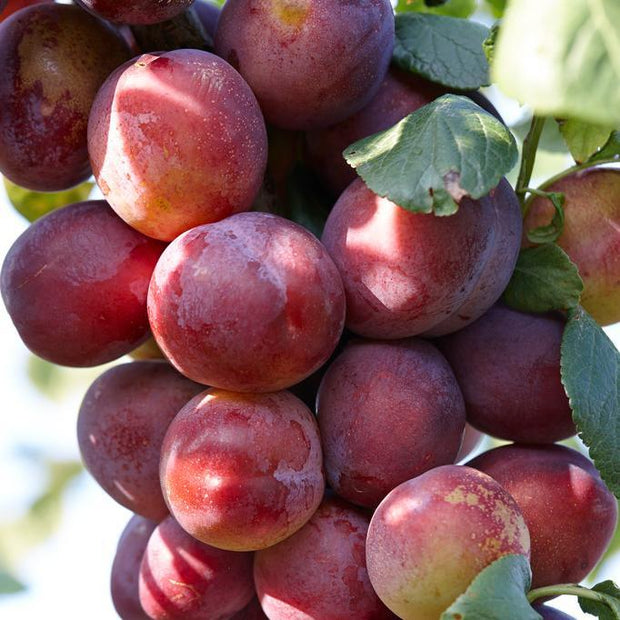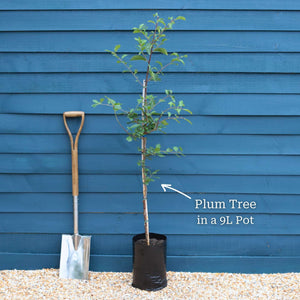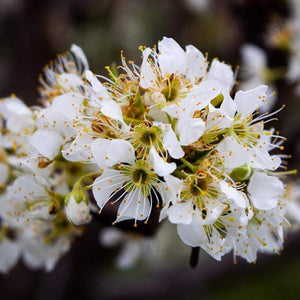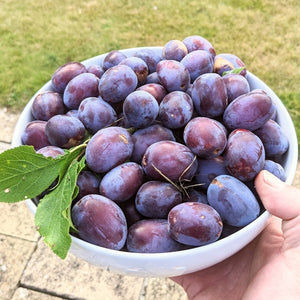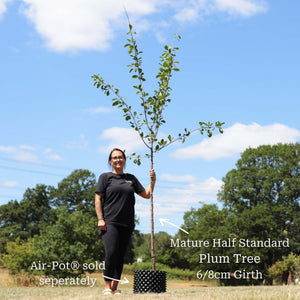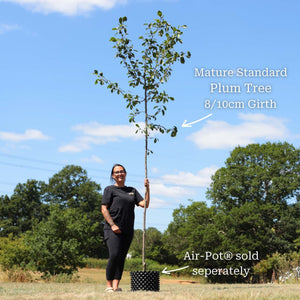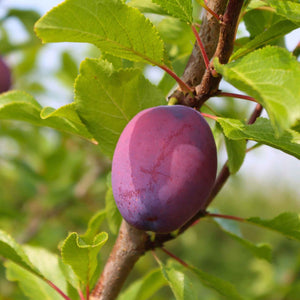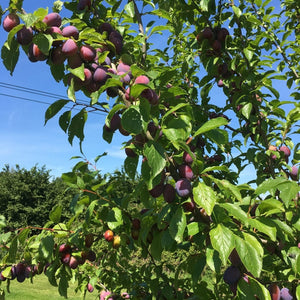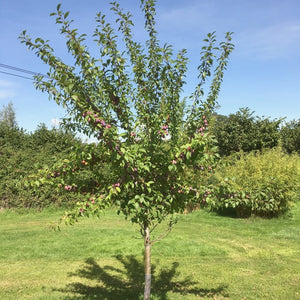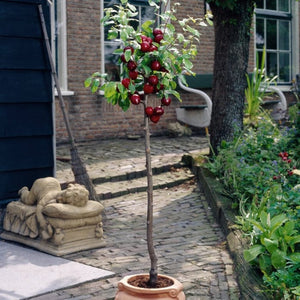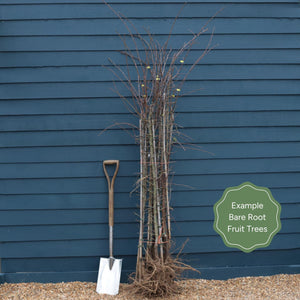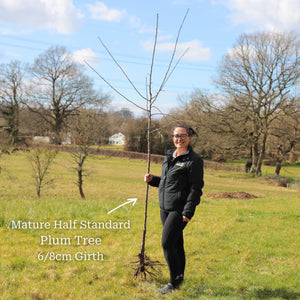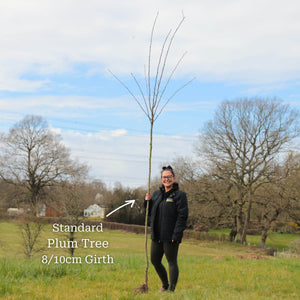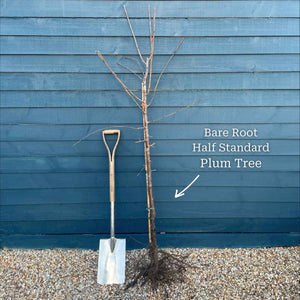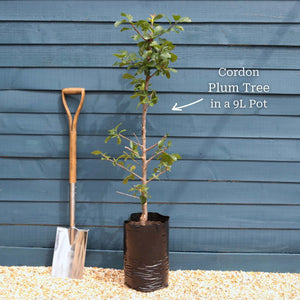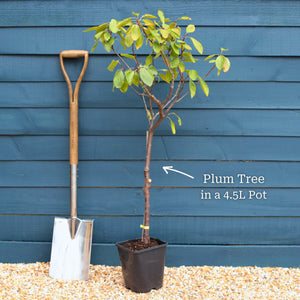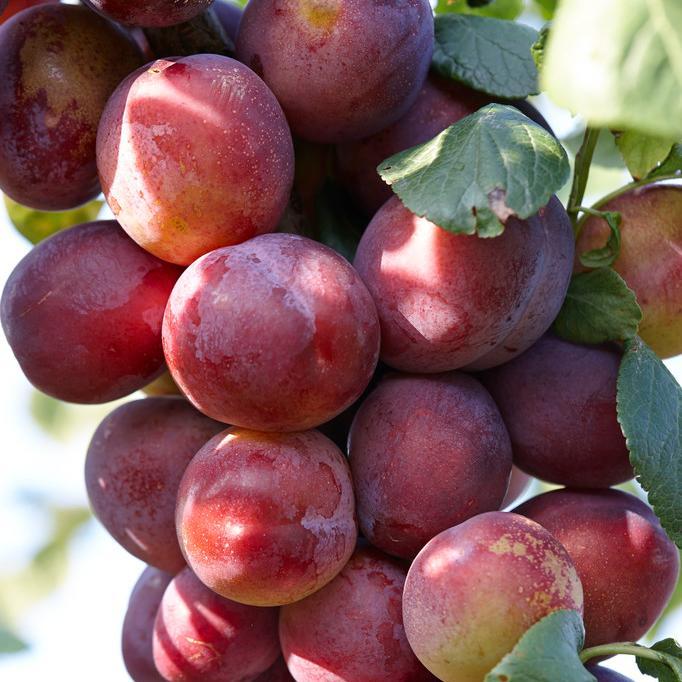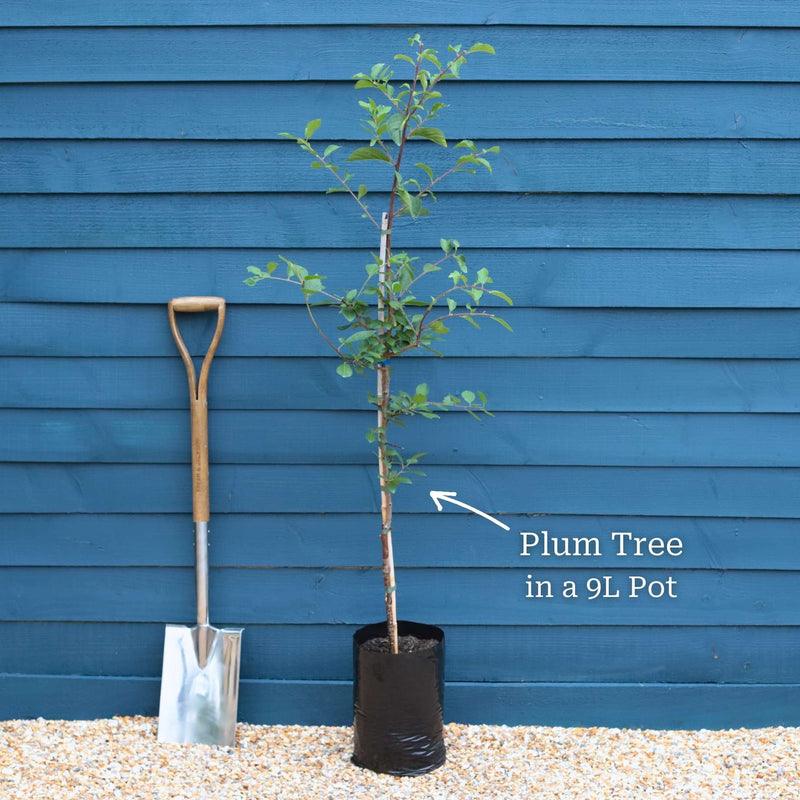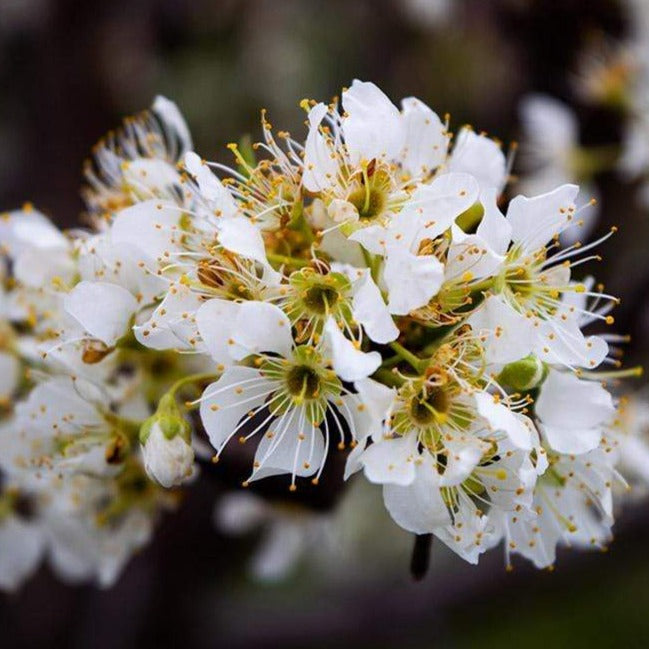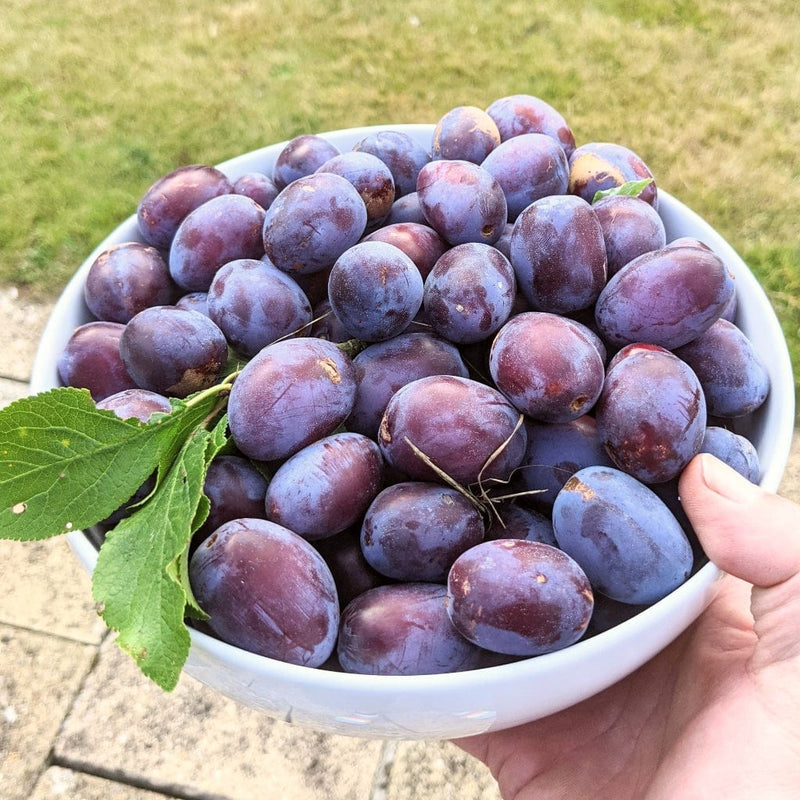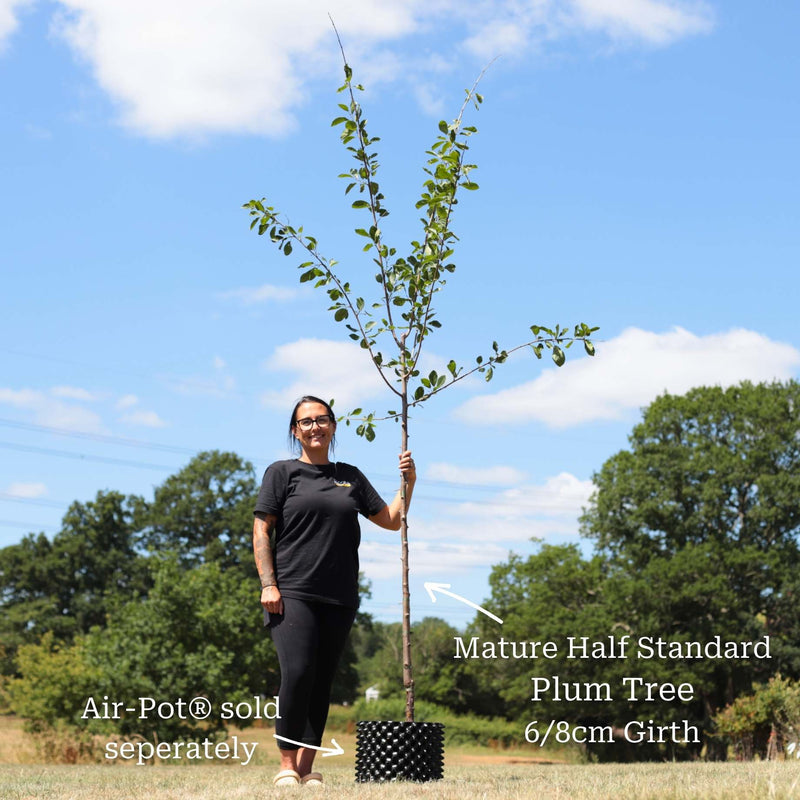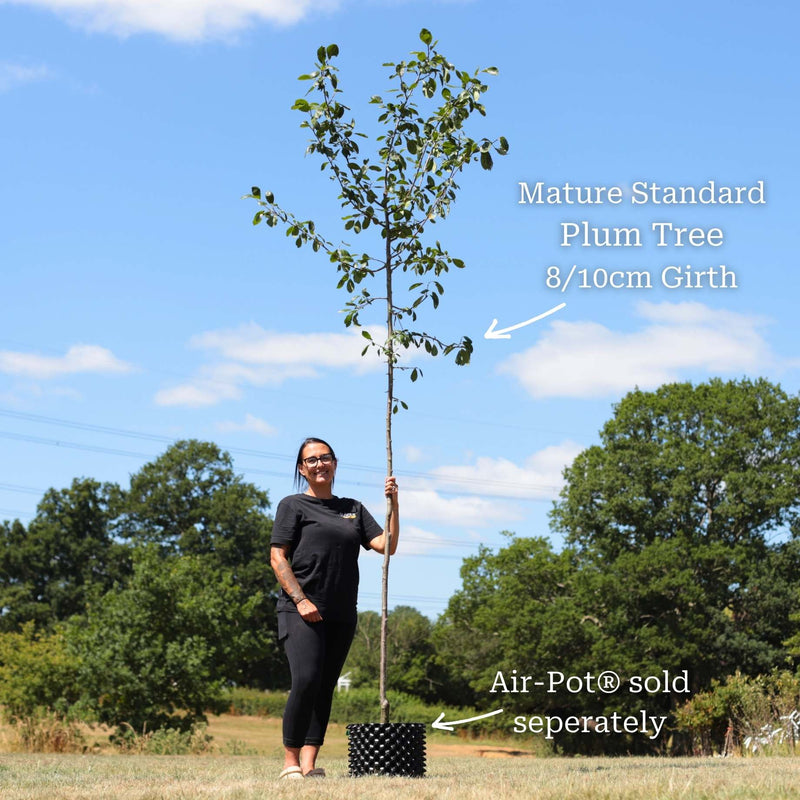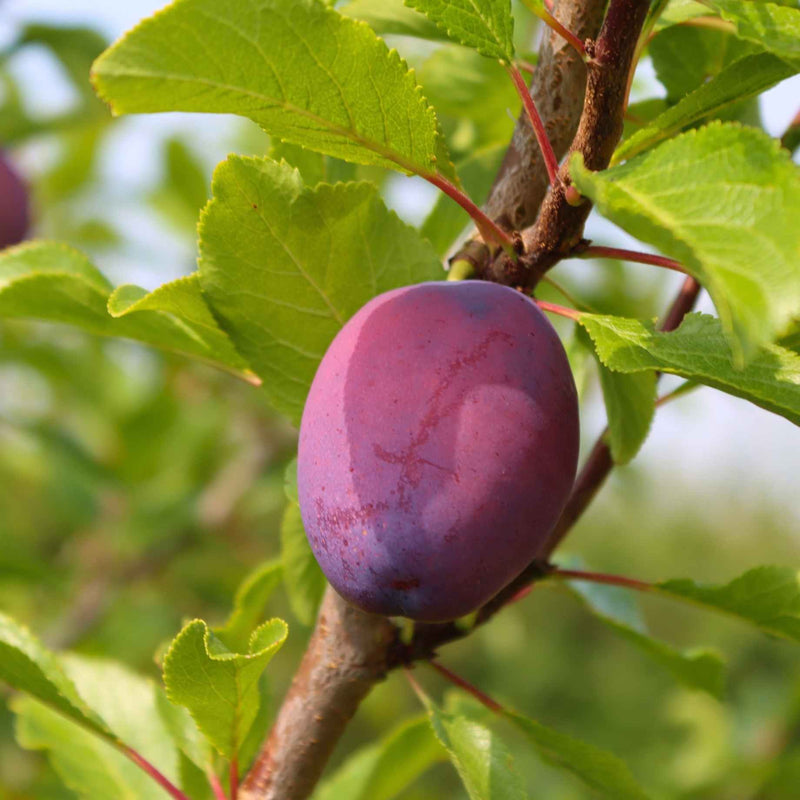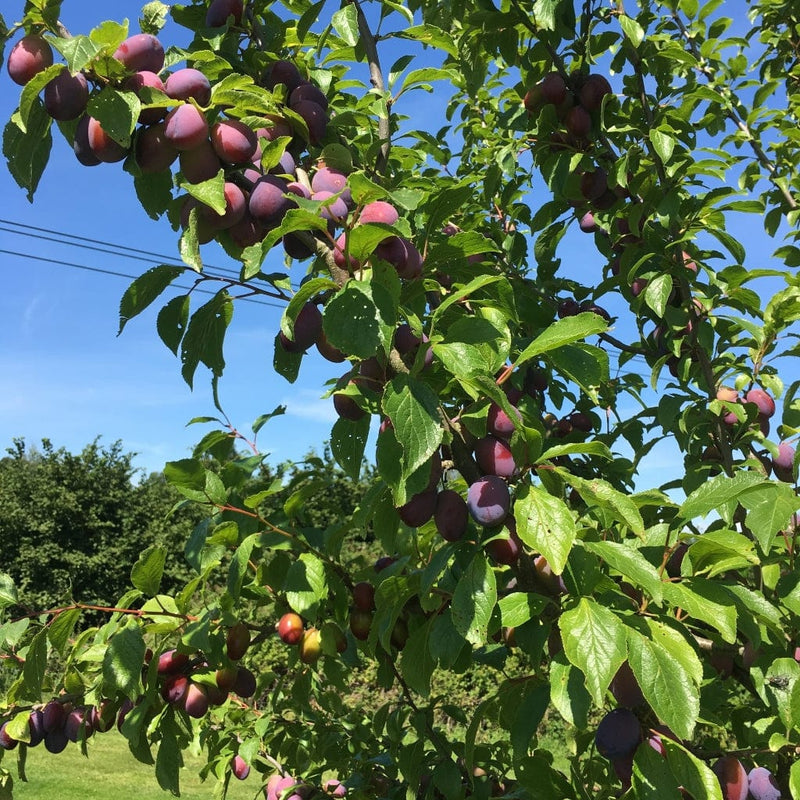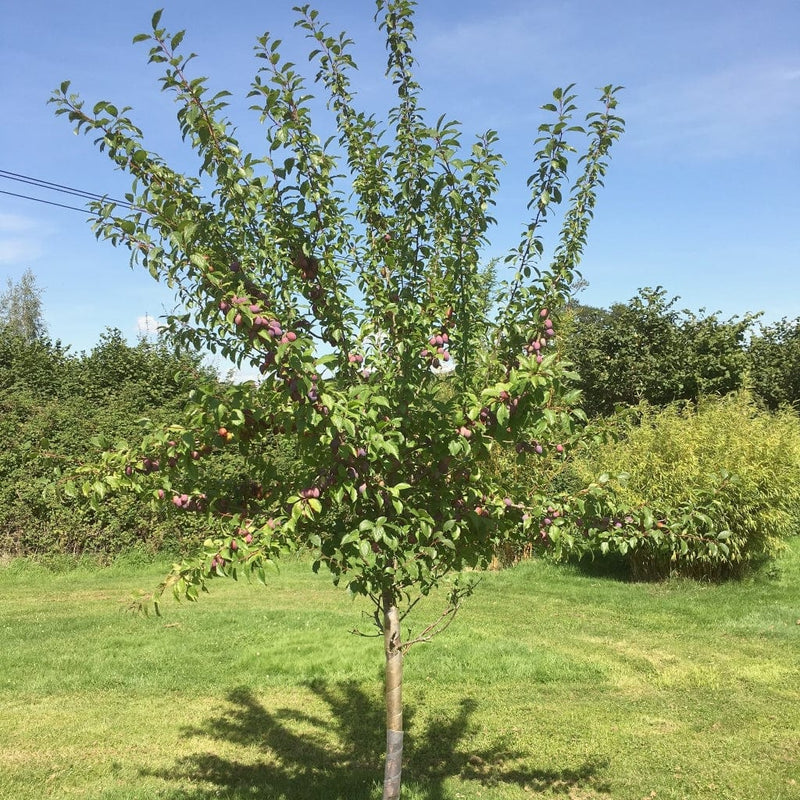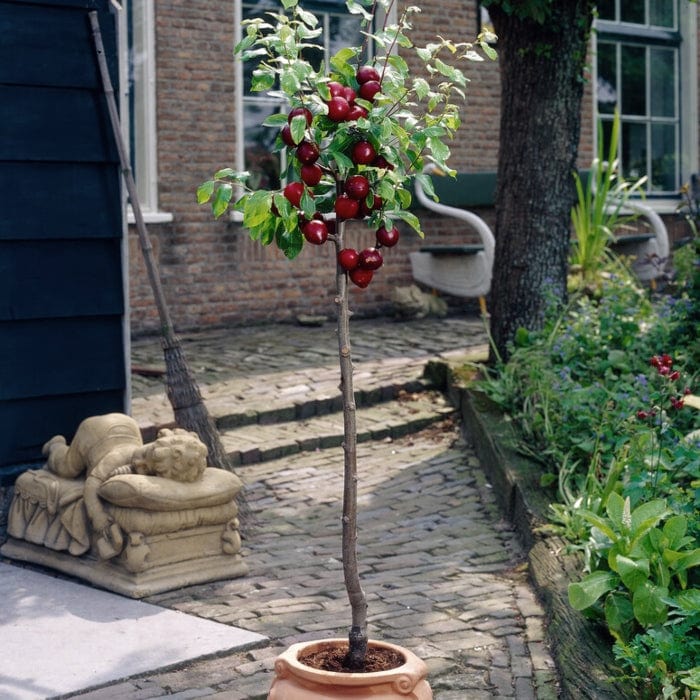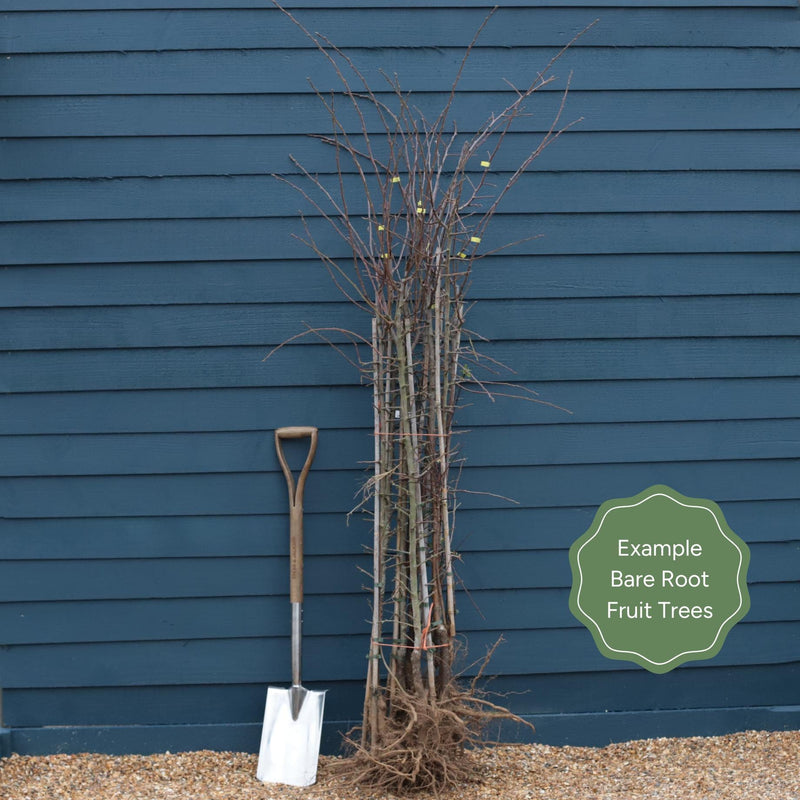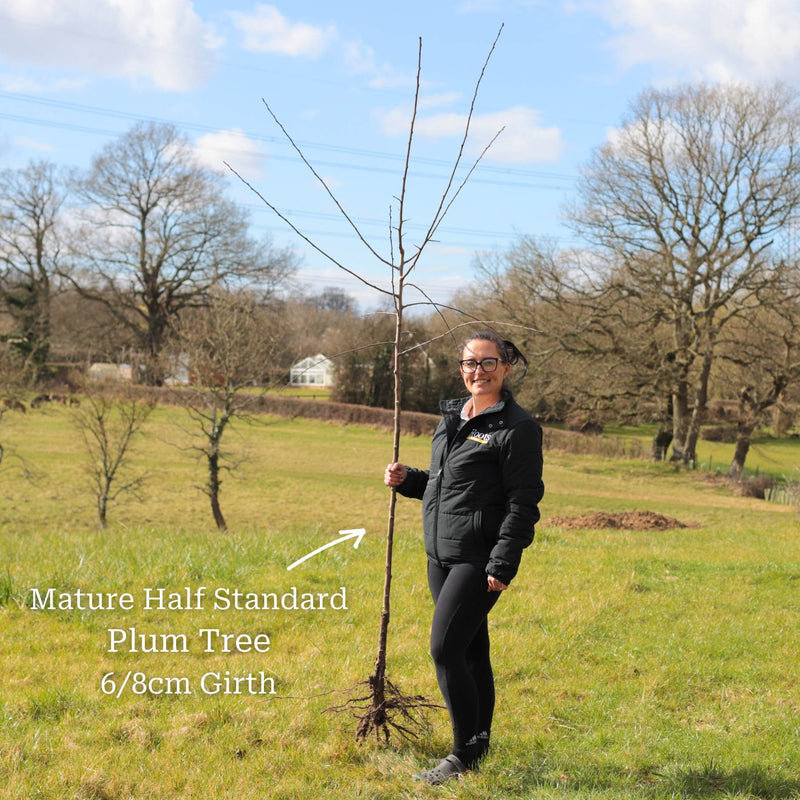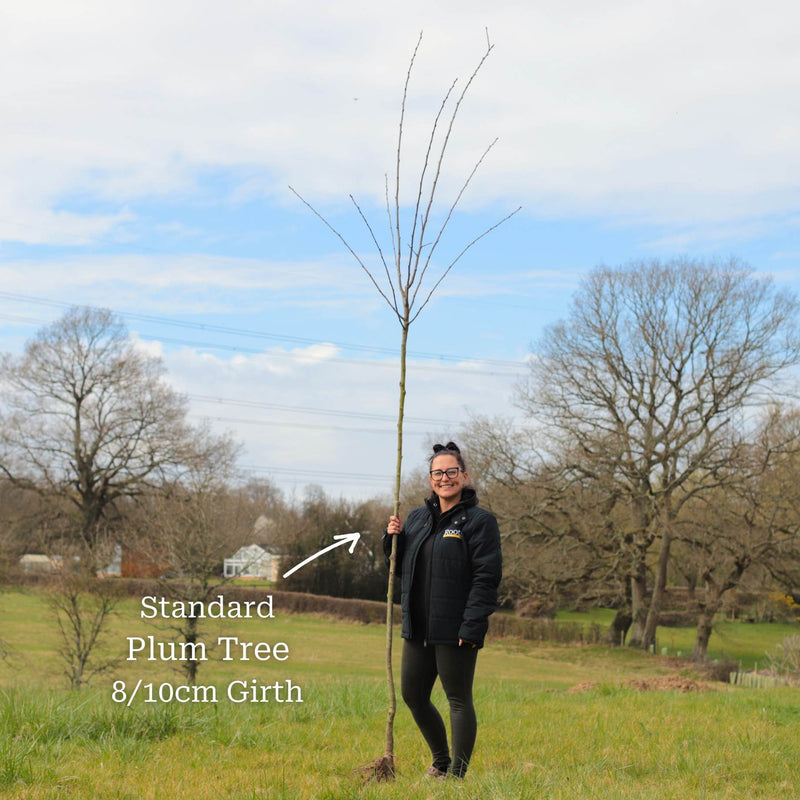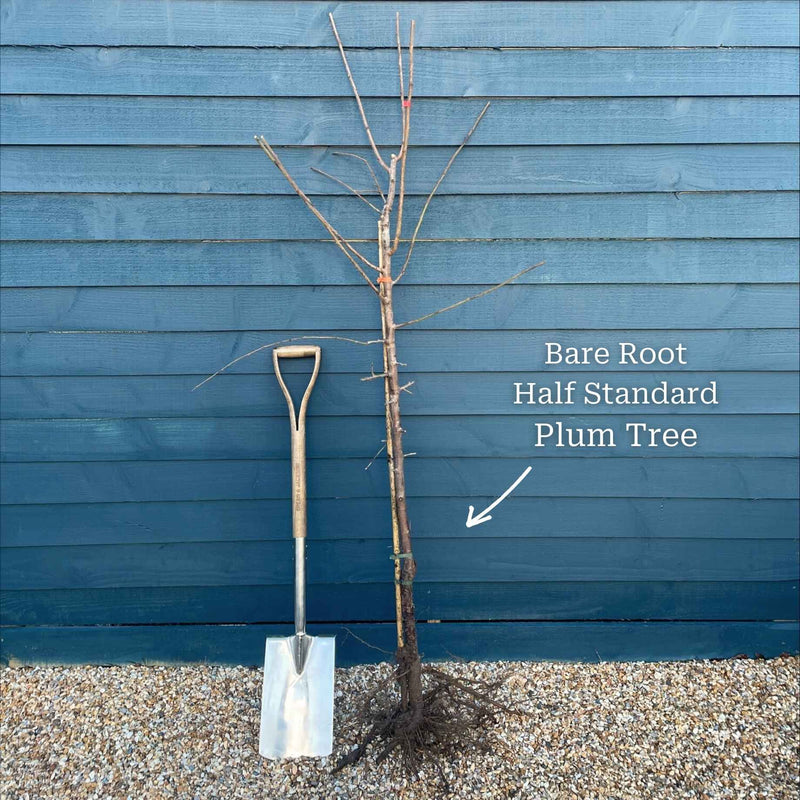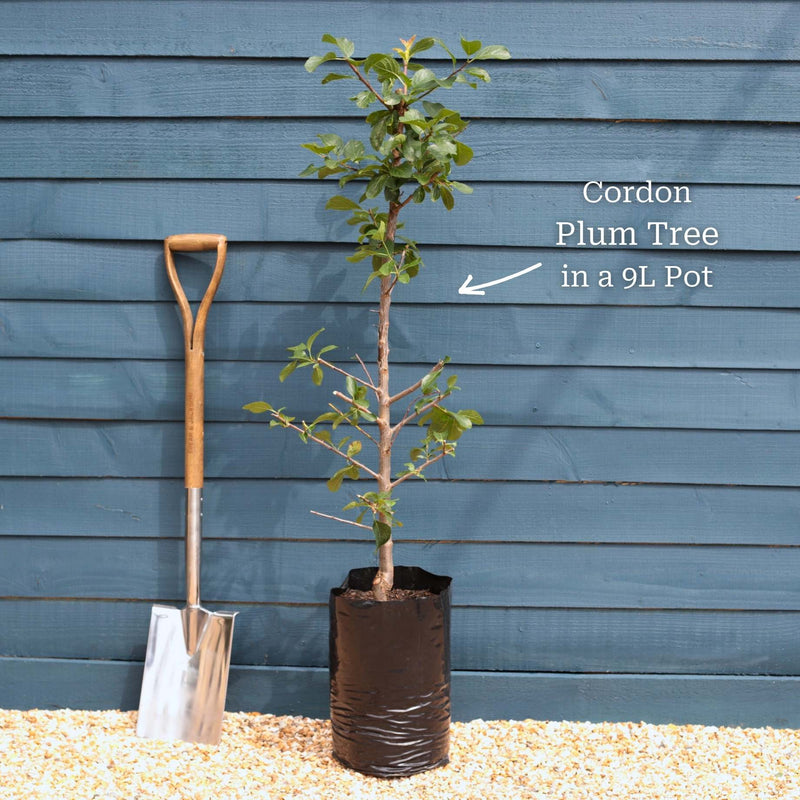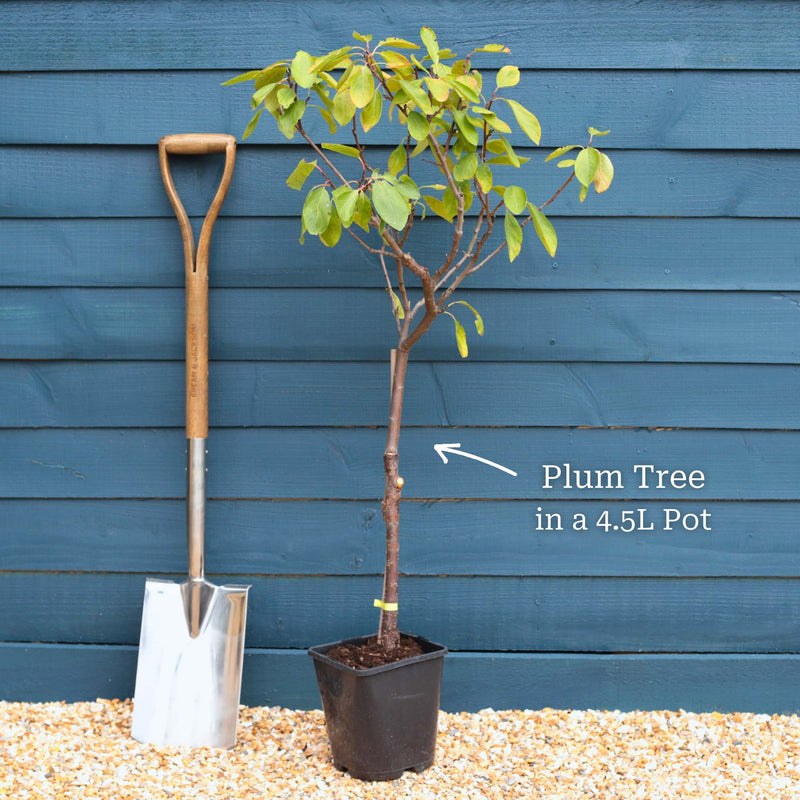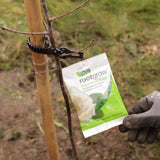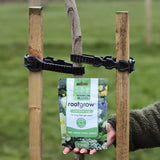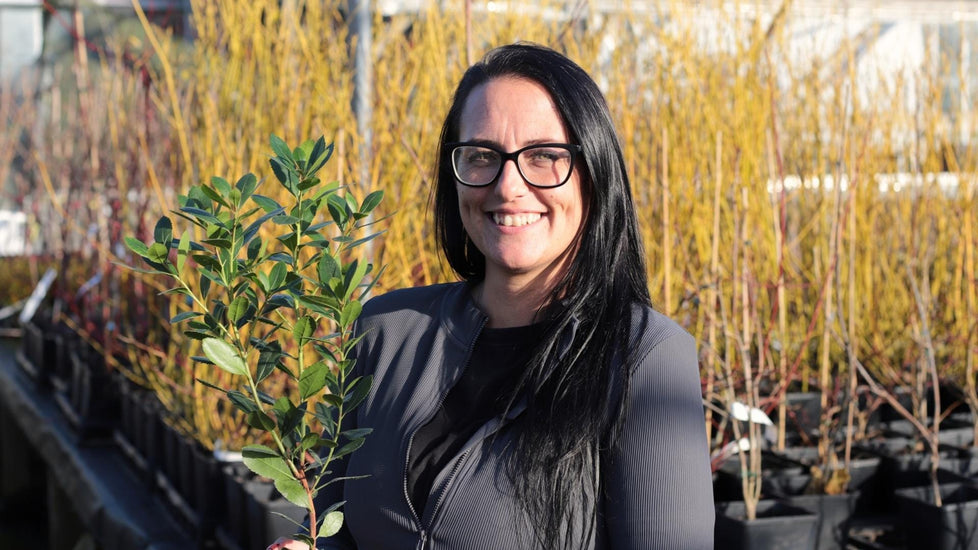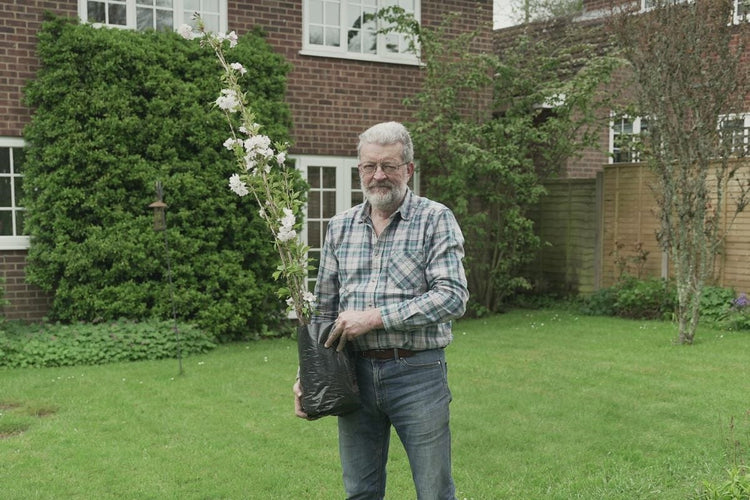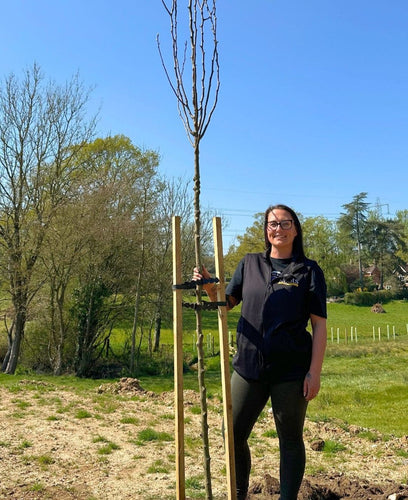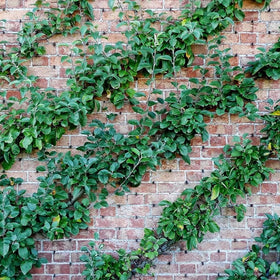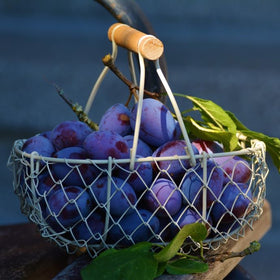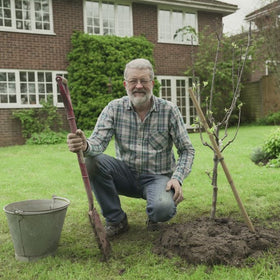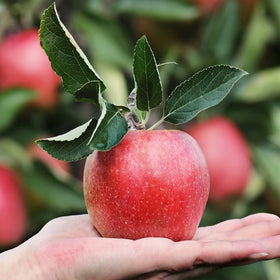South Downs National Park
Meet Danielle
110 years' expertise free with every tree
Danielle's nursery has been growing trees in the South Downs National Park for over a century, and it shows. Dug up and sent straight to your garden at between 18-36 months old, their quality rootstocks, expert pruning and natural pest control mean that these traditionally field-grown trees are the hardiest you can get.
What customers say about us
We do our best to provide you the best experience ever
Growing with Roots
Good to know
Our plants are grown in the UK
Specialist UK growers we know and trust grow your plants the traditional way, with organic fertiliser and biological pest control. They pick only the healthiest plants for you, professionally pruning them so that they’ll grow strong and well shaped.
Our plants are delivered overnight
Your plants are sent to you fresh from the field in our plastic free box that’s specially designed to hold them tight, then securely delivered by specialist plant couriers - straight from the grower to your garden within 24 hours.
We're here to help at every step
We want your plants to have a long and healthy life. Expect easy-to-follow grow guides and videos devised by our team of experts.
Perfect plants, guaranteed
We’re confident that you’ll be delighted with your new plants. Need help? Alice and her team are here to guarantee you’re perfectly happy.
Learn from our experts
For growing advice that's clear and easy to follow
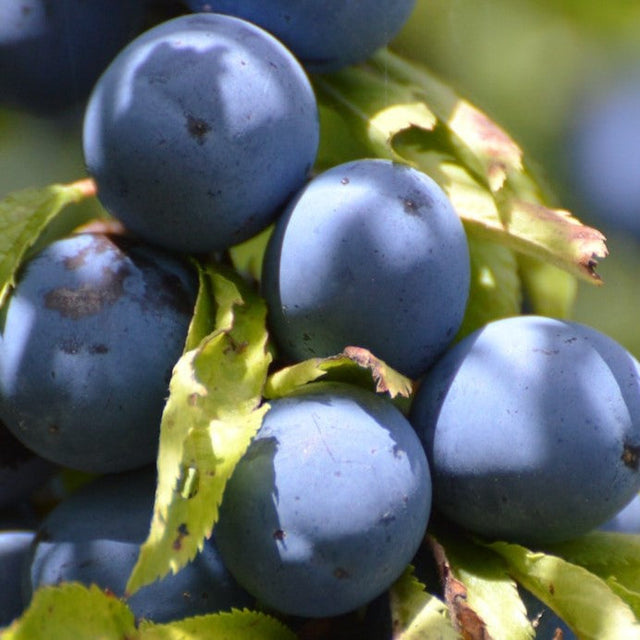
5 Things to Know Before Buying a Plum Tree
We collated your most pressing FAQs on plum trees and put them to our wonderful growers. Read on to find out everything you need to know...
Read moreAsk the grower
One of our trusted team will get back to you via email
What customers say about us
We do our best to provide you the best experience ever
Best plants you will ever get online
I have ordered plants from them twice this year. They arrived well packaged, on time and looked strong and healthy. I feel the staff from Roots plants deal with their plants and customers with passion and care. I can’t wait to order again, price is good as well.
Highly recommended all round
Delivered quickly, perfectly packaged and the tree was in excellent condition. Really healthy and taken to the garden with no problems. Can't recommend highly enough. 5 stars isn't enough!
Satisfied customer
Unlike other online sellers, this company are well ahead in the quality stakes. My plant arrived promptly as per their promise and the plant was much more established and healthy than I had expected. It’s the second time I have ordered from them and I have faith in their promise. Excellent service.
A really good quality tree
A really good quality tree, delivered on time and very well packaged. But the emailed planting advice and supporting information was what really impressed me. Thoroughly recommended.
Exceptional quality
The quality of the plants was exceptional, unlike ones I have had before from local garden centres. Thank you so much. I will definitely be using you again.
Marvellous!
Marvellous service, great plants and fast delivery. Very useful information on how to care for the plants I bought. Easy to use website that makes it far too easy to overindulge in fabulous plants 😂🌱
Fighting plastic waste
Delivering fresh from the nursery
Supporting UK growers

